How to Use Free Heat from the Earth and Water? Geothermal Heating of the House: How it Works

UPS — uninterruptible power supply. This is a device that supports the power supply of electrical appliances when the power goes out.
They are often used in conjunction with a computer or servers when it is necessary to maintain operation. 24 hours a day. UPS, working geothermal based, do not allow a house with an electric boiler to cool down.
Content
Features of geothermal heating of the house
Geothermal heating is a type of heating system in which energy is taken from the earth.
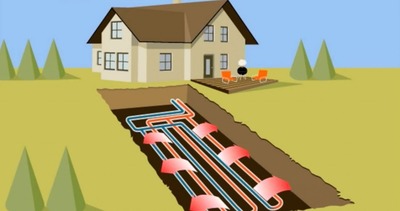
Such a system can be to build with their own hands, for this reason they popular in Europe, and also central part of Russia. But some people think that this is a fashion that will soon pass.
With such equipment it is difficult to heat large rooms, because the soil temperature in places where heat exchangers are located is usually 6—8 °C.
But, particularly expensive equipment, designed for industrial scale, is capable of producing a large amount of energyOnly devices of this type have huge cost.
Operating principle
Thermal energy is taken from the earth by special heat pumps. Pipes are lowered into the ground, through which liquid circulates, which heats up and delivers heat to the house. When compressed and expanded, the temperature of the gas changes, this temperature is enough to heat the house.
Reference! The process is called Carnot cycle. The discovery has taken place in 1824 by the French physicist Sadi Carnot. Refrigerators and the heat engine invented by Carnot himself operate according to the same scheme.
The device consists of three circuits and a pump., supporting exchange between processes within the system, the number of which is equal to three.
Inner contour
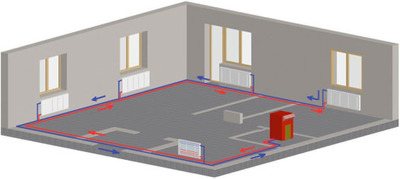
This circuit is filled with water or a specialized liquid called coolant. Consists of pipes and radiator.
The purpose of the internal circuit is to heat the coolant, which circulates through the system and heats the entire house. It is worth adding that the internal circuit does not allow the ground around the unit to freeze.
External
Inside the contour is antifreeze, the circuit itself is located deep underground, below freezing depth. It is designed to collect thermal energy from the ground. Subsequently, the thermal energy is transferred to the freon circuit.
Freon circuit
The main circuit within which everything happens boiling freon. Consequently, a large amount of gas is released, on which the operating principle of the system is based.
Important! The boiling point of freon is very low.
How Different Types of Geothermal Systems Work
Exists three types heat exchangers, each of them its advantages. The choice depends on the type of terrain, the size of the area where the equipment will be located, the area of the heated room, the presence of a reservoir, and other factors.
Each of the systems is not cheap, but is distinguished by its economy in terms of consumption, and the power of the unit depends on consumption. The main difference is type of heat exchanger.
Vertical heat exchanger
The main advantage is space saving. Ideal for small areas. For example, such equipment can be kept not under the house, but under the hill, without disturbing the landscape, but for this you will have to use powerful drilling equipment, for greater depth.
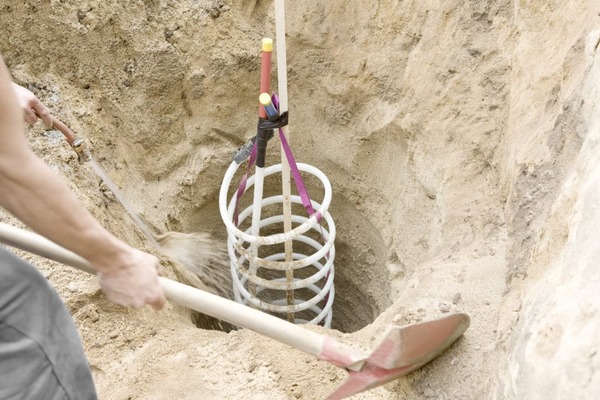
Photo 1. Burying a vertical geothermal heating shaft. Spiral-wrapped pipes are lowered deep into the ground.
Average depth 150 meters, and the diameter 15 cm.
Horizontal heat exchanger
Above such a system it won't be possible to plant a vegetable gardenIt is ideal for heating large spaces. from 300 m2There is not just a well underground, but a whole system of pipes in special tunnels.
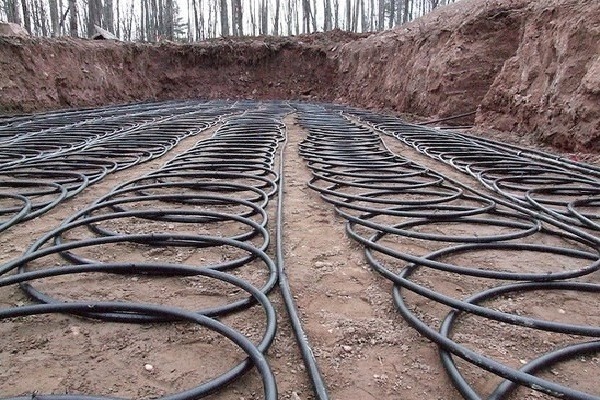
Photo 2. Geothermal heating with pipes laid horizontally: the pit depth is small, but the area is large.
Area ratio equipment to the area of the heated area 1 to 3. These are very large dimensions.
Placed in water
This system, of all those proposed, the most economicalBut there is one criterion without which work is impossible: the presence of a body of water nearbyThe reservoir must be located at a distance up to 100 meters from the heated area.
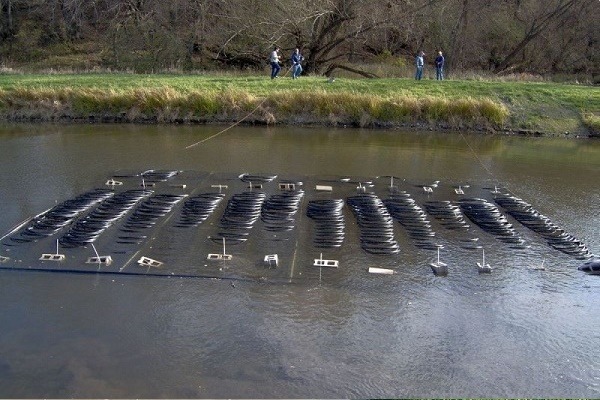
Photo 3. Geothermal heating placed in water: pipes with heat carrier are immersed in the nearest body of water.
In this case, thermal energy is taken not from the ground, but from the water.
Advice. The area of the reservoir should be more than 200 m2.
Useful video
The video explains how geothermal heat pumps work.
Advantages and disadvantages of heating from the heat of the earth
After conducting a detailed analysis, it was possible to identify the positive and negative aspects of such systems.
Pros:
- Saving: free energy from the earth is used.
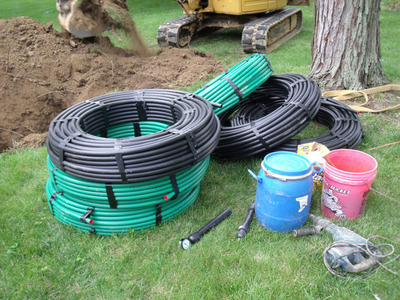
- Scale: the earth is so big that energy can be collected infinitely, especially since it is generated constantly.
- Ecology: solving environmental issues related to the extraction of oil, gas, and coal.
- Autonomy of workSuch energy is unlimited, so the autonomous work of sucking out heat does not stop.
- Opportunity self-assembly. This is what made the systems popular.
Cons:
- If you expect long-term use, you will have to buy quite a few expensive system. The price varies within the range 3-10 thousand dollars.






Comments